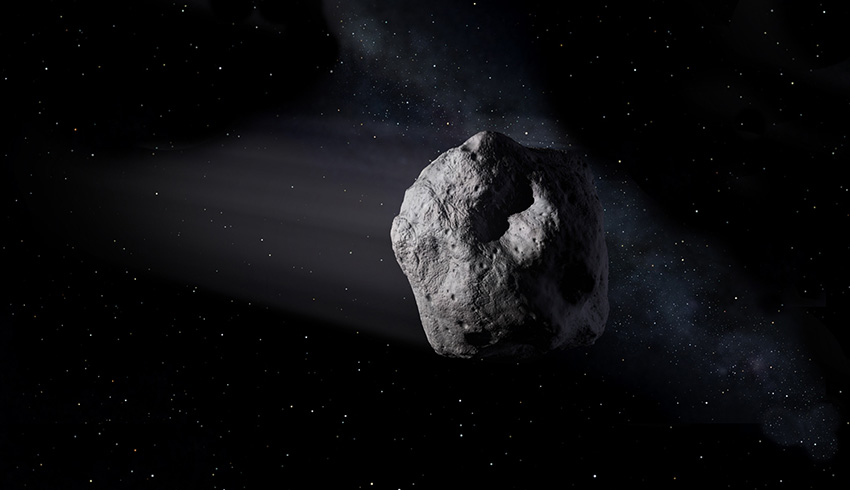Should we be worried – not really, as Asteroid 2011 HP will still pass Earth at more than 12 lunar distance. That’s 12 times the average distance of the moon to Earth, or 12 times 384,000 kilometres.
However, that’s still close enough to be termed a near-Earth object. Asteroid 2011 HP is big enough and fast enough to cause cataclysmic damage should it impact Earth – it’s estimated to be 100-230 metres in diameter and travelling at more than eight kilometres per second.
NASA first observed this object in 2011, hence the name, and can quite accurately track its orbit. After this visit it will continue on its way, returning in 2027.
This is just one a fairly large number of rocks whose orbits around the sun occasionally brings them closer to Earth.
In 2029, another asteroid named Apophis for the Egyptian god of chaos will come much closer. It’s big, around 340 metres across, and at its closest approach it will be about 30,500 kilometres from Earth, a lot closer than the moon and as close as some satellites in geostationary orbit. Apophis will be quite visible as it passes across the heavens.
Asteroid strikes on Earth have long been a staple of science fiction movies. While the chances are low, the consequences could be devastating for life on Earth and scientists have been thinking seriously about how to deal with such a threat.
NASA hasn’t yet spotted anything out there on an orbit that could strike the Earth but they are concerned as this has happened before. An asteroid strike is believed to have made the dinosaurs extinct.
In 2013, a large meteor passed high over the Russian city of Chelyabinsk at more than 60,000 km/h, exploding with 30 times the energy of the Hiroshima atomic bomb, damaging more than 7,000 buildings in six cities and injuring more than 1,500 people.
In 1908, a large meteor struck an unpopulated region of Siberia with the force estimated to be equivalent to a 15-megaton atomic bomb.
Earlier this month, NASA administrator Jim Bridenstine warned that the threat of a potentially devastating asteroid impact was real and we needed to get serious about planetary defence.
There are currently two missions to examine near-Earth non-threatening asteroids, the Japanese Hayabusa2 spacecraft visiting Ryugu and the NASA OSIRIS-REx probe to Bennu. Both are science missions.
NASA will conduct the first ever purely planetary defence mission in 2022. That’s the DART – double asteroid redirection test – in which a probe will be smashed into a (non-threatening) asteroid to determine if its orbit can be altered.
The target asteroid is one of two in travelling in close proximity and orbital variation will be readily detected as its path diverges from its companion.

